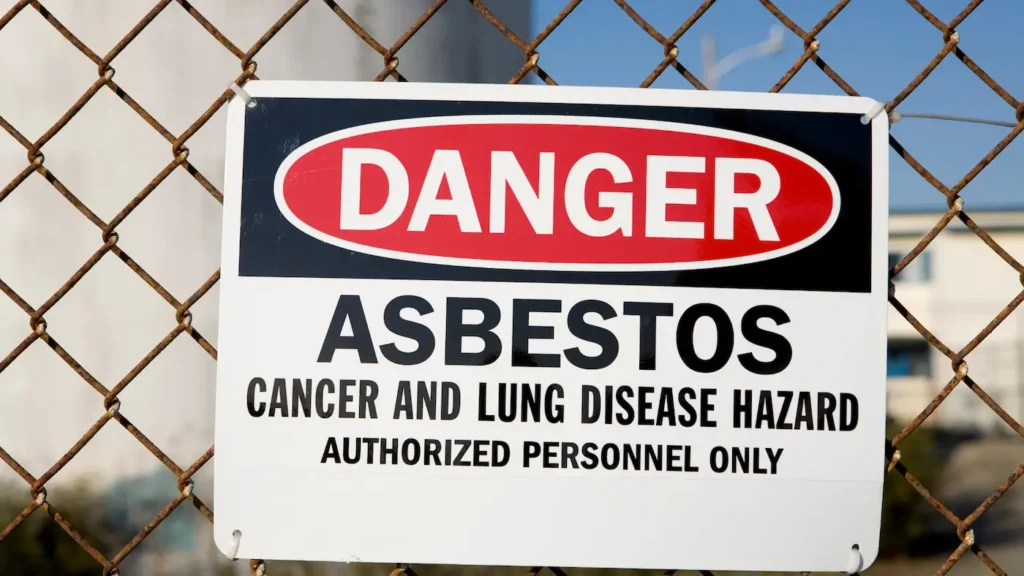In high-risk industries, workers can be exposed to hazardous substances that may cause serious, sometimes irreversible health effects. Regular medical surveillance is essential for detecting early signs of work-related illness and preventing long-term harm. Phoenix Occupational Medicine delivers specialist-led health surveillance programs to help employers stay compliant and safeguard worker wellbeing.
What is Health Surveillance?
Health surveillance is a system of ongoing health checks for workers exposed to certain workplace hazards. In Australian legislation and Safe Work Australia (SWA) guidance, the term health monitoring is often used. Phoenix Occupational Medicine prefers the term health surveillance to avoid confusion with environmental monitoring (e.g. noise or air monitoring) performed by occupational hygienists, which sometimes involves individual workers wearing monitors. For clarity—health surveillance and health monitoring mean the same thing in this context.
Health surveillance is legally required when workers are at risk of exposure to specific hazards, such as asbestos, lead, and hazardous dusts. Importantly, it is the employer’s responsibility to arrange and pay for this health surveillance to ensure compliance with Work Health and Safety laws.
SWA lists a range of substances and biological hazards that require monitoring, including:
- Asbestos
- Lead
- Isocyanates
- Crystalline silica
- Certain pesticides
- Hazardous biological agents
This article focuses on three common occupational exposures—coal dust, asbestos, and lead—but there are many other hazards where surveillance plays a vital role.
An effective health surveillance program includes:
- Baseline and periodic medical assessments
- Targeted tests relevant to the hazard (e.g. lung function, blood analysis)
- Follow-up where abnormal results are found
- Specialist interpretation by Occupational and Environmental Physicians (OEPs)
Learn more about our health surveillance services.
CMWHS – Coal Mine Workers’ Health Scheme
The Coal Mine Workers’ Health Scheme (CMWHS – sometimes referred to as Coal Board Medical) is a legislated program designed to protect the respiratory health of Queensland coal mine workers. Its primary aim is the early detection and management of coal mine dust lung disease.
Under the scheme, medical assessments are carried out:
- Before starting employment (pre-employment)
- Periodically during employment (usually at least every five years)
- When changing employers
- At exit from the industry
Key components of a CMWHS medical include:
- Respiratory function tests
- ILO-standard chest X-rays
- Clinical assessments following the CMWHS clinical pathways guideline
These assessments help ensure workers are fit for duty and that any early signs of occupational lung disease are promptly addressed.
Phoenix Occupational Medicine facilitates CMWHS assessments through our network of accredited clinics across Queensland.
Our Occupational and Environmental Physicians act as Appointed Medical Advisers (AMAs) under Queensland regulations. The AMA’s role is to supervise, review, and report on health assessments and retirement examinations for coal mine workers. By overseeing results in line with the scheme, we ensure employers meet their obligations and workers receive specialist medical input.
Asbestos Exposure & Health Surveillance
Although asbestos is banned in Australia, it remains present in many older buildings and infrastructure. Workers in construction, demolition, shipbuilding, and certain maintenance roles may still face occupational exposure to asbestos, especially when disturbing materials during repairs, renovations, or disasters.
Health risks from asbestos exposure include:
- Asbestosis (scarring of the lungs)
- Mesothelioma (an aggressive cancer of the lung lining)
- Other asbestos-related lung diseases
Surveillance for asbestos-exposed workers generally involves:
- A detailed occupational and medical history
- Spirometry to assess lung function
- Chest imaging when clinically indicated
Exposure limits for asbestos are set by Safe Work Australia, but even low-level exposure can pose risks over time.
A growing concern is the impact of climate change on asbestos hazards. More frequent extreme weather events—such as bushfires, cyclones, and floods—can damage asbestos-containing structures, releasing fibres into the environment. Emergency services personnel, volunteers, and demolition workers responding to these events may be at increased risk. The Asbestos and Silica Safety and Eradication Agency (ASSEA) works with CSIRO to map and predict asbestos risks during such events, helping local governments plan protective measures.
Explore our workplace hazardous substances page for further insight.
Lead Exposure & Health Surveillance
Occupational lead exposure remains a significant health risk in industries such as mining, smelting, battery manufacturing, and certain construction activities. Workers may inhale lead fumes or dust, especially during welding, abrasive blasting, or cutting of lead-containing materials.
Health effects of lead exposure can include:
- Lead poisoning, affecting the nervous system, kidneys, and blood production
- Fatigue, memory loss, abdominal pain
- Reproductive and developmental effects
Surveillance for lead-exposed workers typically involves:
- Blood lead level testing at regular intervals
- Medical examinations for signs of toxicity
- Removal from lead risk work if exposure limits are exceeded
Safe Work Australia sets the occupational exposure limit for lead and prescribes mandatory actions when workers’ blood lead levels approach or exceed threshold values.
Lead surveillance is essential not only for compliance but for preventing the serious consequences of occupational lead poisoning. Industries such as lead mining require strict occupational hygiene controls alongside medical oversight.
Partnering with Phoenix Occupational Medicine
Phoenix Occupational Medicine offers tailored health surveillance programs that integrate seamlessly with workplace risk management systems. Our services include:
- Oversight by specialist Occupational and Environmental Physicians
- On-site and telehealth assessments
- Clear reporting to employers and regulators
- Programs designed to meet both legal and operational requirements
If you need to implement or update a health surveillance program, our team can guide you from risk assessment to ongoing monitoring.Contact us today to discuss your workplace health surveillance needs.




